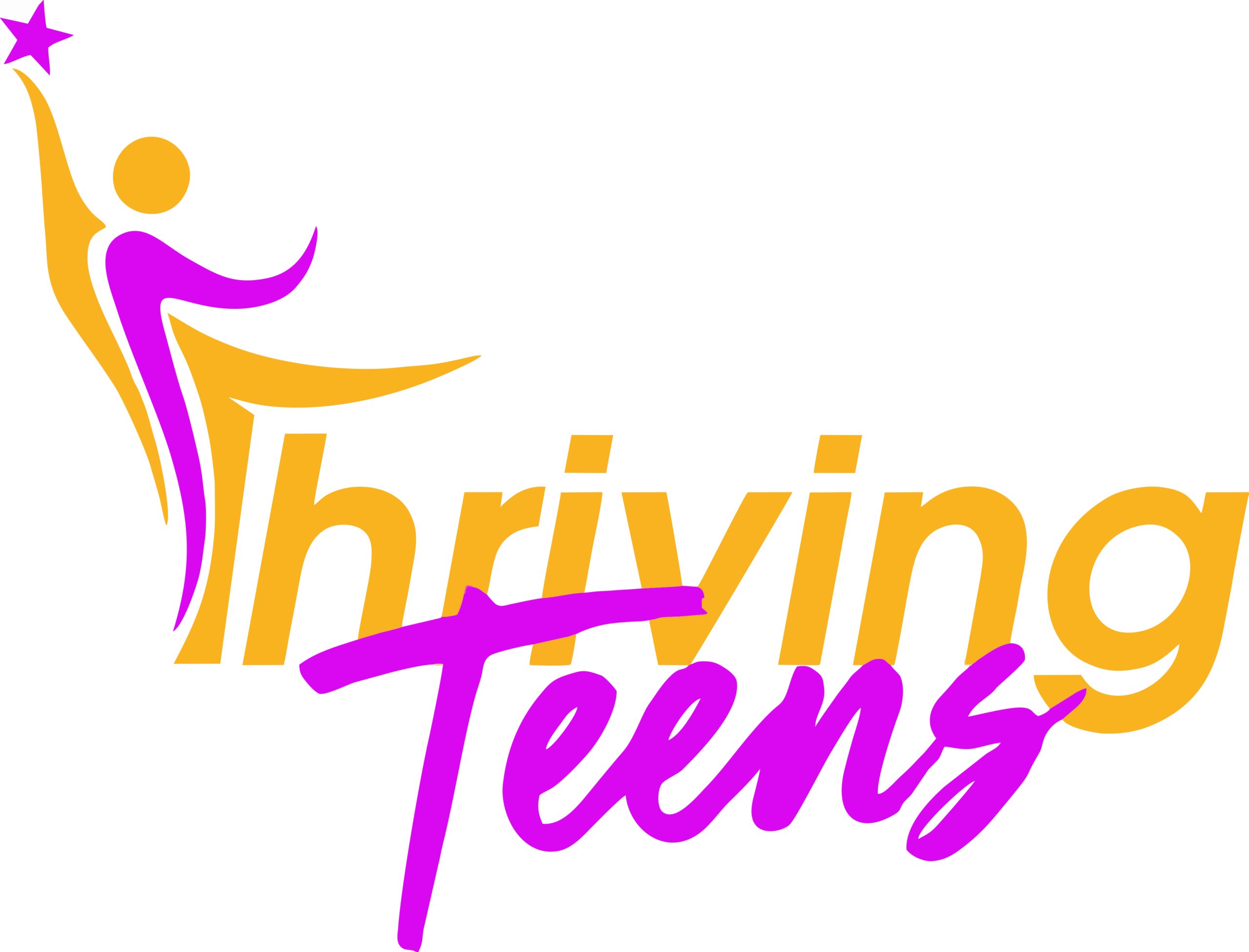HIV stands for Human Immunodeficiency Virus. HIV is a virus that is passed between people
through contact with infected blood, semen, vaginal fluids and breastmilk. HIV weakens the
immune system, making it easier for people to become sick. When a person with HIV becomes sick
with many illnesses that do not respond to treatment, he or she is said to have AIDS. AIDS stands
for Acquired Immunodeficiency Syndrome. Acquired refers to the fact that you get the disease from
somewhere else; it does not develop on its own. Immunodeficiency means the immune system is
weak and unable to fight off infections and illnesses. Syndrome means a specific collection of
symptoms and diseases, such as weight loss combined with skin cancer and pneumonia. AIDS is a
term used to indicate the most serious stage of a person’s infection with HIV. It means that they
have a particular collection of symptoms and diseases defined medically as AIDS.
After years of living normally with HIV, a person’s immune system begins to weaken and they start
developing AIDS and become vulnerable to opportunistic infections, which can attack any part of
the body. Opportunistic infections are infections that take attack the body when the immune system
is weak. These infections could range from simple medical conditions like fungal infections and
colds to more serious diseases like tuberculosis or cancer. Though the person is HIV positive, these
conditions can be treated and often cured. There is no cure for HIV or AIDS. There are 40 million people living with HIV/AIDS and about 1.7 million children.
How do you get HIV?
- Sex- anal, vaginal, oral
- Blood to blood- cuts, needles, tattoo, ear piercing, circumcision knives
- Mother to child- in utero, delivery, breastfeeding
You cannot get HIV from
- Touching, hugging, talking to or sharing a home with a person who is HIV infected or has AIDS.
- Sharing plates, utensils, glasses or towels used by someone with HIV or AIDS.
- Using swimming pools, toilet seats, doorknobs, telephones or other items used by people with
- HIV or AIDS.
- Having someone with HIV or AIDS spit, sweat or cry on you.
- Being bitten by mosquitoes.
- Donating blood.
- Being sneezed at or coughed on by a person with HIV or AIDS.
You can protect yourself from HIV transmission from sexual abstinence. If one chooses to have sex, then they must practice safer sex. As discussed earlier, loving feelings can be shared in other nonsexual ways. These include Hugging, Holding hands, Kissing, Massaging, Rubbing against each other with clothes on, Sharing fantasies and Touching your partners’ genitals, if males do not ejaculate near any opening or broken skin.
Protected sex using a latex condom correctly for every sexual intercourse can reduce the risk of HIV infection, even though not 100%.

